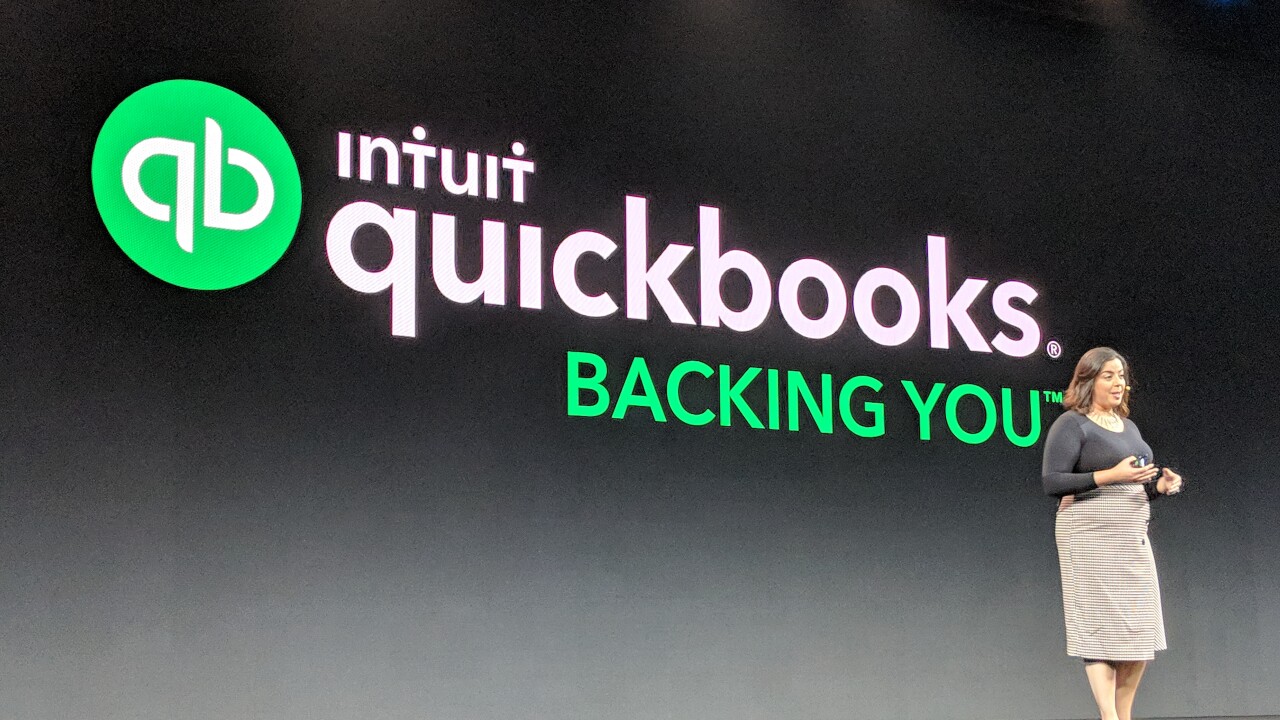The accounting scandal at snack maker Diamond Foods in recent months may have shocked shareholders and some California walnut farmers.
But a number of accounting and industry experts spotted red flags some time before. A close examination of business practices at Diamond Foods, the nation's largest walnut processor and maker of Emerald nuts, points up a number of warning signs, including unusual timing of payments to growers, a leap in profit margins, and volatile inventories and cash flows.
The picture that emerges is of a company that for years seemed to push hard on every lever to meet increasingly ambitious earning targets and allowed top executives to pull in big bonuses, according to interviews with former Diamond employees and board members, rivals, suppliers and consultants, in addition to reviews of public and non-public Diamond records.
The company declined to make executives or board members available for this story, or to answer any specific questions, but made this statement through a spokesperson:
"Diamond and its advisers are making substantial progress strengthening the company's financial reporting and control capabilities and restating Diamond's consolidated financial statements for fiscal years 2010 and 2011."
Lawyers for Diamond's former top executives did not respond to multiple messages seeking their comments as well. Attempts to reach those executives at their homes were unsuccessful. Nick Feakins was among those who early on noticed something strange going on at Diamond.
He teaches forensic accounting at San Jose State University and does some work for Bevmark, a food and beverage consultant that was watching Diamond because it is a competitor to a Bevmark client, PepsiCo's Frito Lay. The head-turner for Feakins was the relentless climb in Diamond's profit margins. Boosted in part by acquisitions of two high-margin snack brands, net income rose to more than 5 percent of net sales in fiscal 2011 from 1.5 percent in fiscal 2006.
No competitors were improving like that, even with rising Asian demand. "That just doesn't make sense," Feakins said. A Reuters review of 11 companies listed as comparable organizations in Diamond's regulatory filings showed that only one, B&G Foods, which made multiple acquisitions that added to earnings during the period, had a similar run.
Questions Raised
Bevmark raised concerns about Diamond in reports to clients as early as last April, based on questions from Feakins and others at Bevmark about Diamond's board and management, its rapid expansion, and dissatisfaction among growers.
By mid-2011 others were asking questions, too. Questions accelerated after unusual payments to growers in September. When Douglas Barnhill, an accountant who is also a farmer of 75 acres of California walnut groves, got a mysterious check for nearly $46,000 from Diamond, he started asking questions. Barnhill said he twice talked to Eric Heidman, Diamond's director of field operations, about whether the check was a final payment for his 2010 crop or pre-payment for the 2011 harvest.
Heidman did not reply to Reuters email and voicemail messages seeking a comment on this, and Diamond declined to make him available. Diamond growers are paid in installments, with final payment for the prior fall's crop coming late the following year. Though it was September 2011, Barnhill was still waiting for full payment for the walnuts he had sent to Diamond in 2010.
Not long after he got the check, he saw news stories quoting analysts and the company saying it was an advance payment for the next crop. But Heidman told Barnhill the opposite, that the payment was for the 2010 crop, part of fiscal 2011, but that it would be "budgeted into the next year," as Barnhill recalled. Barnhill remembered telling Heidman that, under accounting rules, you cannot legitimately pay in a future fiscal year for a prior year's crop.
If Diamond was moving grower payments into different periods, "that really is a huge issue," said Charles Mulford, an accounting professor at the Georgia Institute of Technology.
Inventory Swings
Digging through letters Diamond had sent him, Barnhill saw a pattern in which year after year Diamond, citing industry figures, would initially predict sizeable year-end inventories.
"The higher the inventory, the more supply they have, and the lower the price they pay" growers, said Barnhill. But later, after having paid growers, Diamond would report significantly lower actual inventories, leaving Barnhill suspicious.
On February 8 of this year, following an investigation, Diamond's audit committee said it had found payments of $20 million to walnut growers in August 2010 and $60 million in September 2011 that were not booked in the correct periods.
A delay in booking payments from one fiscal year to the next could artificially reduce the company's costs and boost earnings in that period.
The company will restate its earnings for the two years, but by how much is unknown. Diamond originally reported a combined $76 million in net income for fiscal 2010 and fiscal 2011.
The $20 million in payments to growers in 2010 caught the eye of Diamond's auditor, Deloitte, said former Diamond board member Dennis Mussell, who sat on its audit committee from 2005 until he left the board for personal reasons in March 2011, though he remembers the issue being resolved. Citing professional standards, a Deloitte spokesman declined to make any comment.
More accounting issues may yet surface, Diamond has said in U.S. Securities and Exchange Commission filings. Its chief executive, Michael Mendes, and chief financial officer, Steven Neil, have been replaced, and two new directors now sit on the audit committee.
The company's cash flow trends are among areas that may still raise questions. Net income growth is generally reflected in operating cash flow increases, but at Diamond, cash generation was sluggish in fiscal 2010 when earnings were strong. That raises questions about those earnings, said Mulford, who has written books on how to spot accounting issues through cash flow and other financial statements.
Bonuses Tied to EPS Growth
Maximizing earnings is crucial for any company, but for Diamond executives whose bonuses were largely tied to earnings per share, it was especially so. In September 2010, Mendes boldly promised EPS growth of 15 percent to 20 percent each year for the next five years.
In fiscal 2009, 2010 and 2011, $2.6 million of Mendes' $4.1 million annual bonus was paid because Diamond beat its EPS goal, according to regulatory filings. Predictions of further growth helped drive up the stock price, which Mendes used as currency to acquire snack food businesses and diversify beyond the Emerald nuts line. The company gobbled up Pop Secret popcorn in 2008, Kettle potato chips in 2010, and barely a year later, agreed to buy Pringles potato chips from Procter & Gamble for a hefty $2.35 billion, including $1.5 billion in Diamond stock.
That acquisition would have made Diamond the world's No. 2 snack food maker behind PepsiCo, but when the board's accounting inquiry began, the deal was postponed. It ultimately fell apart. Outsiders question whether proper checks and balances were in place during this aggressive growth spurt.
In the 1980s, when it was a cooperative, Diamond had an earlier accounting issue.
Until 2005, it used a second audit firm, Moss Adams, to check inventory and confirm grower payments, said a board member at that time, Jeff Colombini. Moss Adams did not reply to requests for a comment. Once Diamond went public in July 2005, that inventory work seems to have ended. Mussell said Diamond's audit committee was "very proactive," but governance experts questioned its close ties to the CFO's office.
Prior to becoming CFO in 2008, Neil was an independent director and chairman of Diamond's audit committee. As CFO, Neil stayed on the board, though he stepped off the audit committee.
"What we can say about the board is that it had a very unusual structure that raises all kinds of conflicts of interest questions," said Robert Jackson, a governance expert at Columbia Law School. "Having members of the board who are receiving payments from the firm; not only is the CFO on the board, but the CFO came from the board; having a staggered board - you have much less than ideal corporate governance at Diamond."
(Reporting by Nanette Byrnes, P.J. Huffstutter and Mihir Dalal; editing by Brad Dorfman, Kevin Drawbaugh, Leslie Adler)





